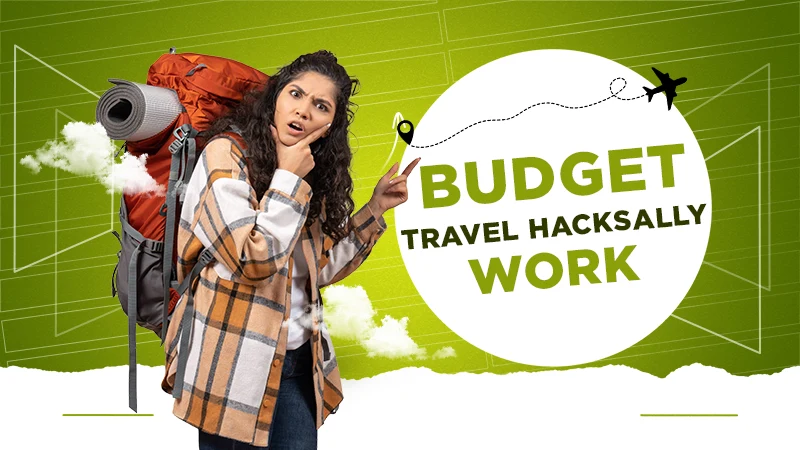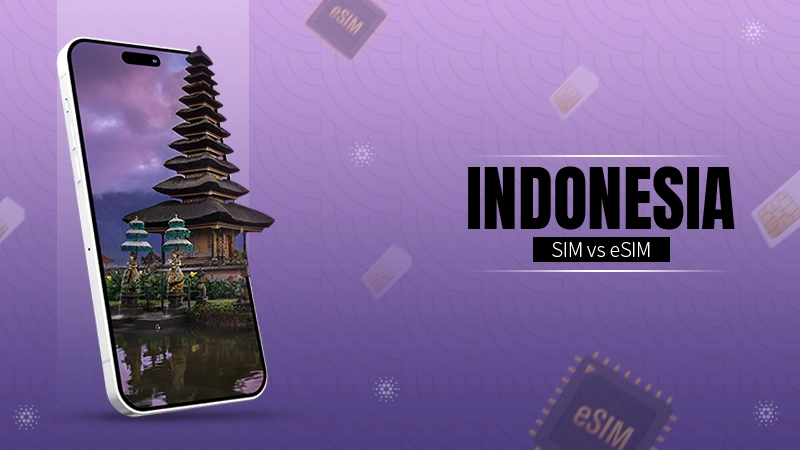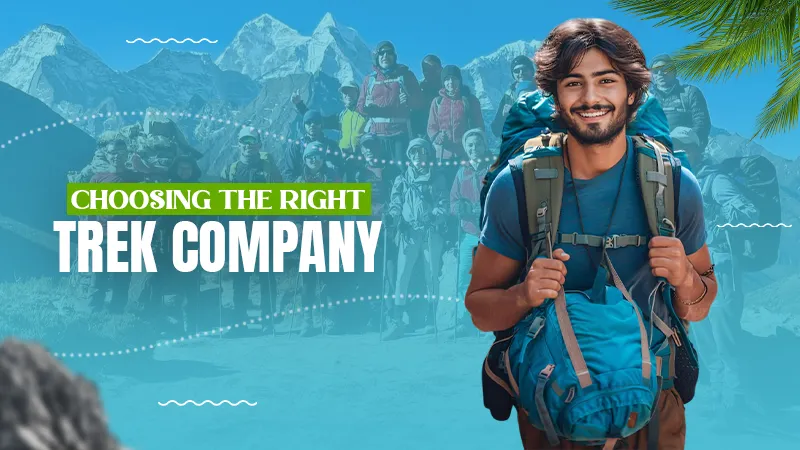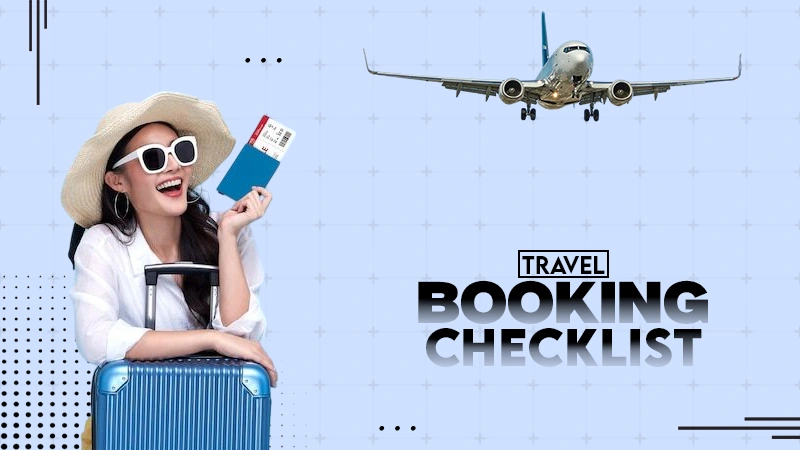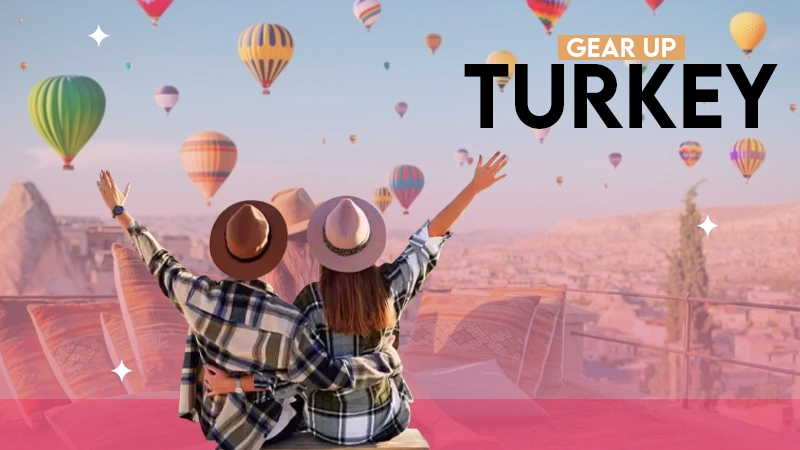
KEY TAKEAWAYS
- Always remove hidden metadata before posting photos to avoid location leaks.
- Turn off geotagging on devices to prevent automatic GPS data sharing.
- Post travel updates later instead of live to ensure personal safety.
- Share travel photos only with trusted people using private platforms.
Statista reported that global smartphone users will exceed 6.5 billion by 2025,
making mobile phones the most powerful tool for capturing and sharing travel experiences.
It’s fun and exciting to share an experience on social media when you are at a new location, but along with those benefits comes a willingness to give up some amount of personal privacy. Every upload, photo tag, and checked location can tell more than you are aware of, which makes many travelers needlessly vulnerable to third-party eyes and potential threats.
In this article, we will discuss ways to protect your personal data while updating friends and family on your travels. With many travel privacy protections from secure Wi-Fi, to why you should download CyberGhost VPN, you will be able to protect your memories and your privacy.
Why You Should Care About Privacy When Posting
Most people are unaware of the fact that pictures have an underlying information known as metadata. This can tell location, the time you took the photo, and the kind of device you were using. By uploading these photos on the Internet, someone might conclude where you live, where you have been, or even where you are.
The other danger is telling the world about your travels in real time. Once they know you are out of the country, some may assume no one is home, and that is a risk that can lead to many problems. All this can be prevented with a few precautions. Here’s how:
1. Remove Hidden Data Before Posting
Before posting about your trip, you should first remove metadata. Numerous free tools and applications allow you to empty out location and device data with just a single mouse click. By doing this, you share not the hidden information, but only what is visible in the photograph.
2. Turn Off Location Settings
Check your phone or camera and turn off geotagging. This prevents your gadgets from geotagging your photos with precise GPS information. You only need a minute to adjust this setting to avoid unintentionally revealing your location.
3. Post Later, Not Live
You may be tempted to tell what has happened to you as it occurs, but it is far better to wait until you get to your hotel-or even after the trip. Posting later helps protect your belongings and yourself, as you won’t be sharing your current location with strangers.
4. Use a VPN for Safer Connections
Travel usually implies the usage of Wi-Fi in restaurants, hotels, or airports. The thing is, hackers are fond of attacking public networks. A VPN (Virtual Private Network) protects your data by creating a secure tunnel to your internet. Once you download VPN, all your photos and activity online remain confidential, regardless of where you are connected. Below, you can see why you should use a VPN.
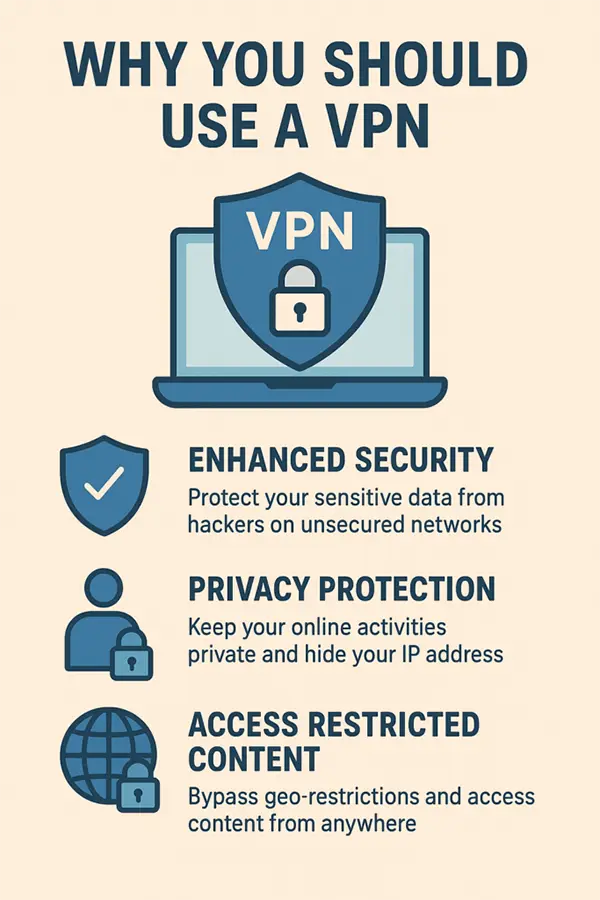
5. Share Only with Trusted People
Most social media applications allow you to keep your content private. Utilize privacy and don’t make your travel albums accessible to everyone, but just your close friends and family. Avoid posting in public groups or keeping your profile open for anyone to view your photos.
6. Be Careful with Captions
The danger is sometimes not in the picture, but in the description. E.g., do not post your hotel, flight number, or passport picture. Something as small as printing your boarding pass can be risky, since the details on it are personal and may be misused.
7. Use Private Sharing Platforms
Social media is not the only way to post photos; maybe you should also use personal platforms. A great way to send pictures to loved ones is via encrypted services or cloud storage links. That way, you can stay at ease while still keeping everyone informed.
Final Thought
Posting about traveling experiences should not be a source of attracting the wrong audience, but rather happiness. By practicing a few easy habits, such as deleting hidden data, disabling location tags, publishing later, using a VPN, and keeping your audience private, you can get the best of both worlds.
You share your journeys with friends and family, while feeling assured that your private information stays safe and completely protected from risks.
What does it matter to delete your metadata before you post your travel photos?
When you delete your metadata, you diminish the risk of displaying hidden information such as your location, the device you used to take the picture, and a timeline of where you are traveling. This can be risky for your personal information.
How does waiting to post your travel photos or posting after you return from your trip improve your safety?
When you are delayed in posting, strangers then do not know your exact location while you are traveling, thus removing the risk of someone robbing you or someone gaining unwanted attention while you are traveling.
Why do I want to use a VPN when sharing travel photos online?
A VPN encrypts your connection, another security layer if you are getting hacked while using public wi-fi, and it hides your photos and online activity from the world to keep your photos more secure.


